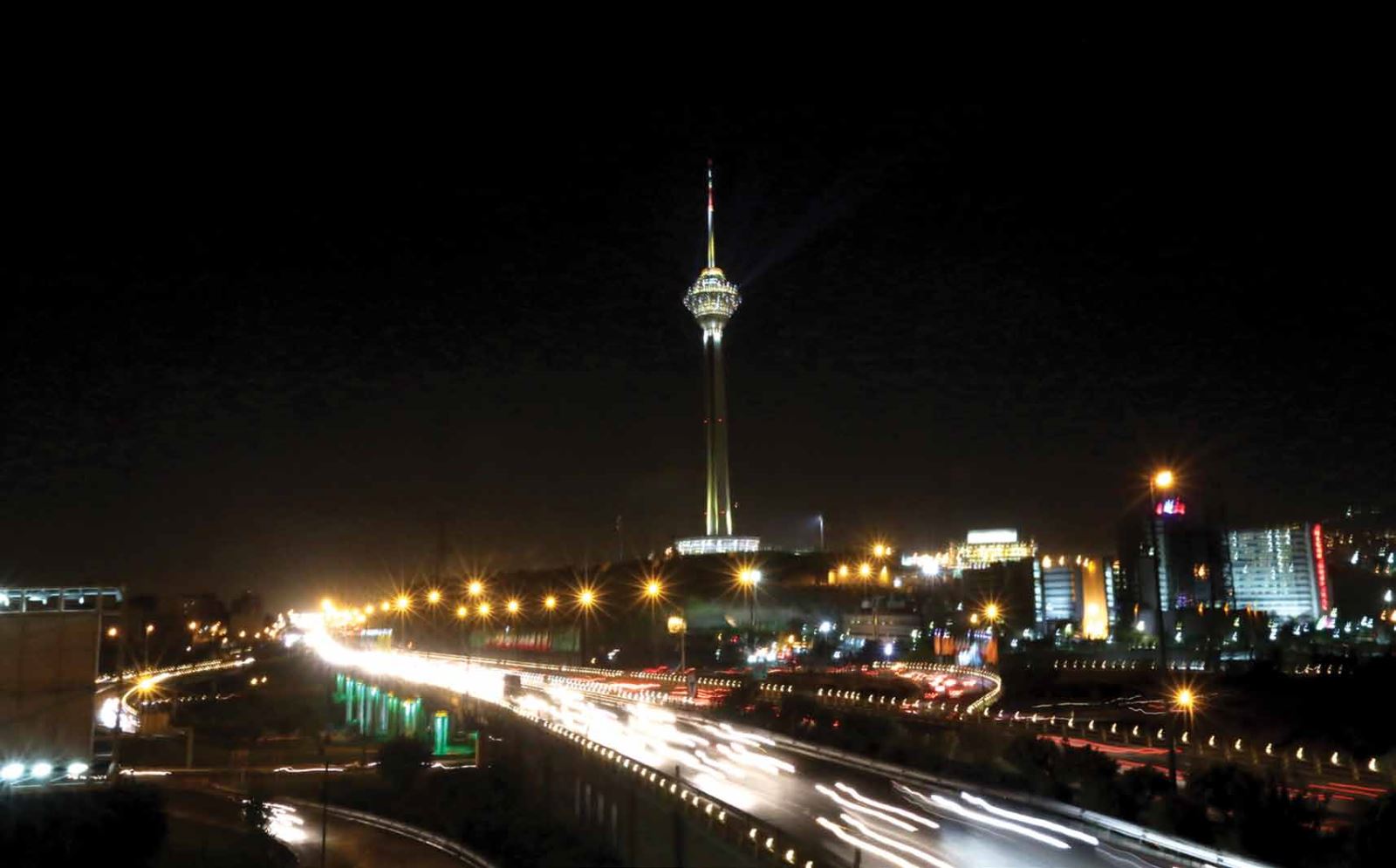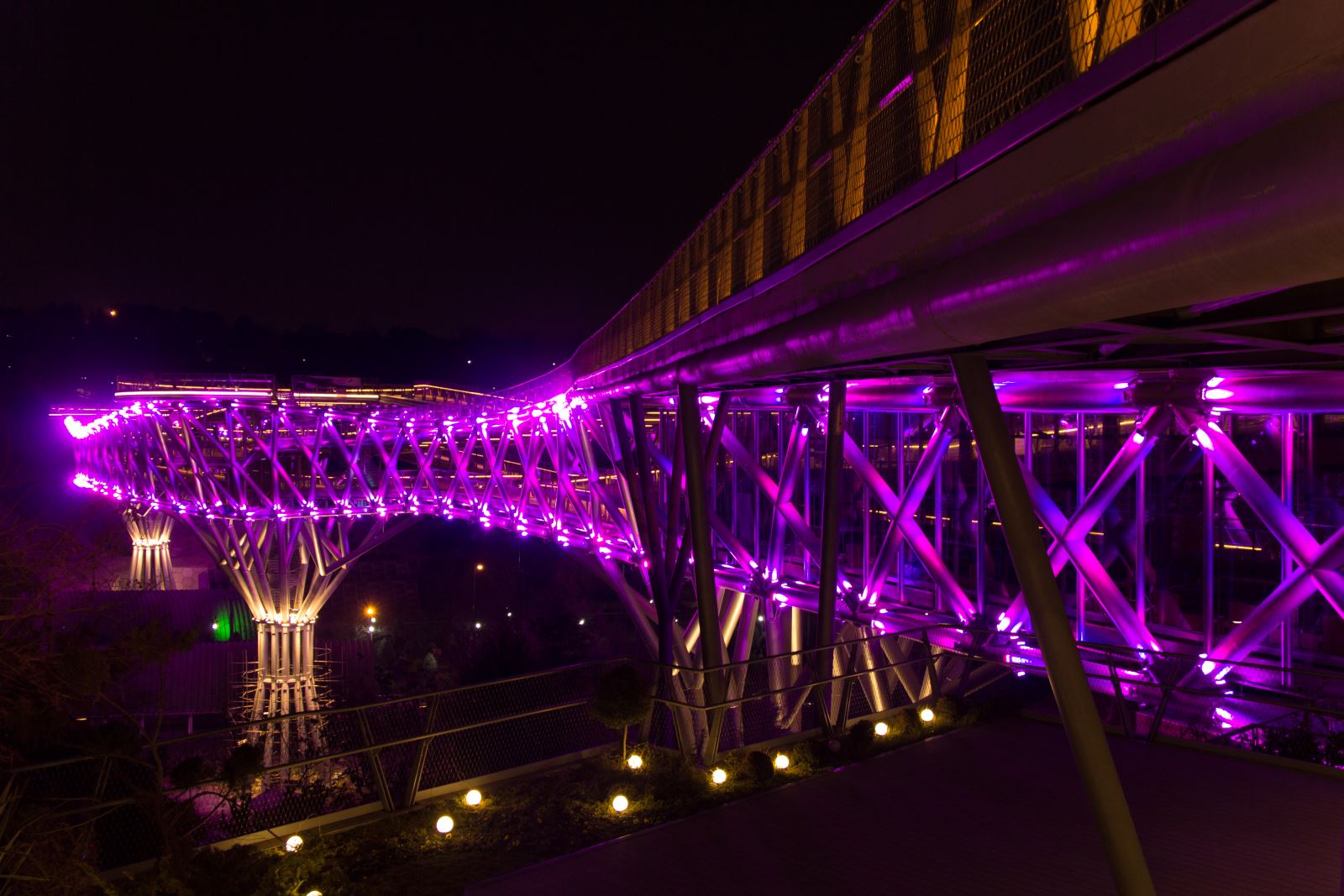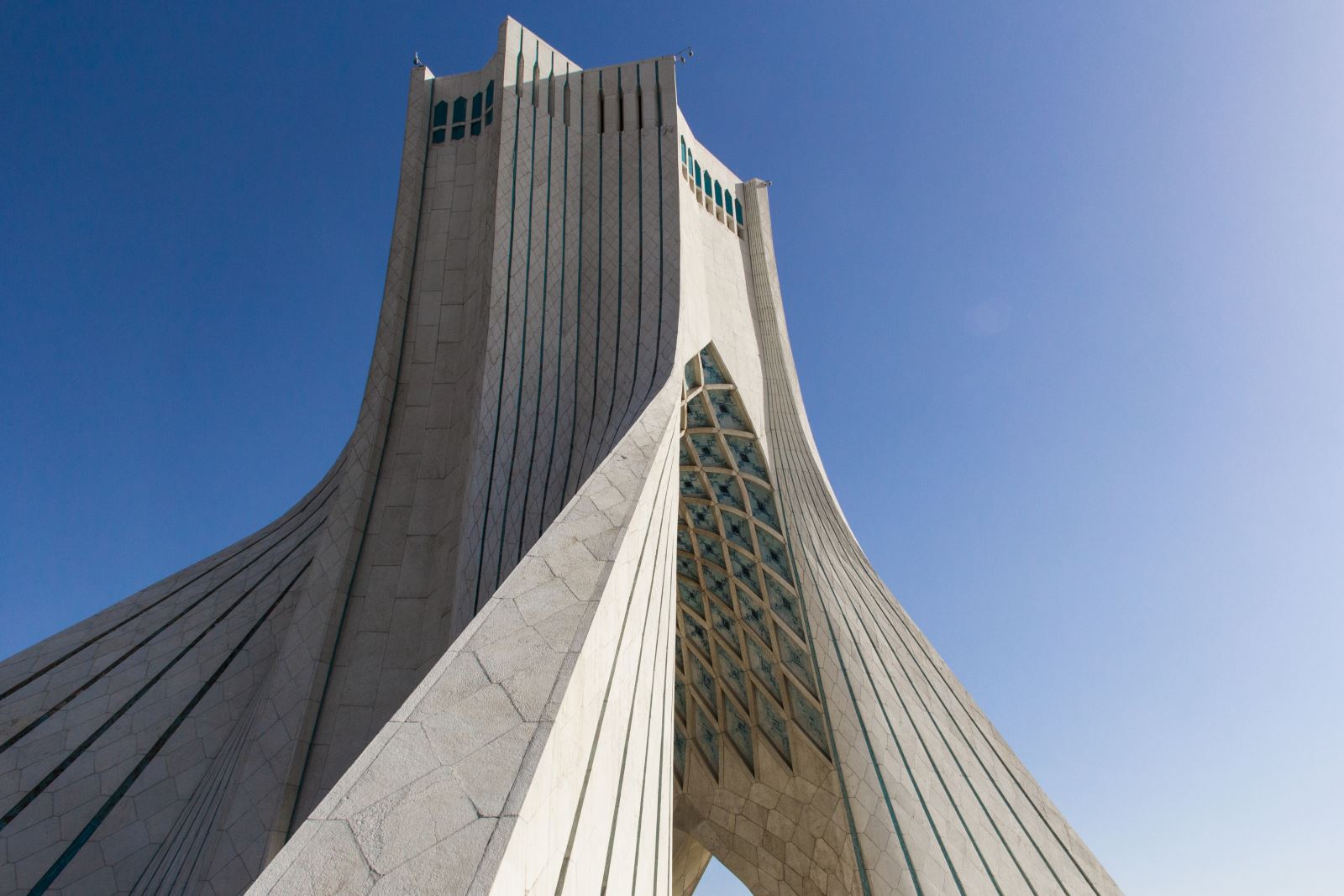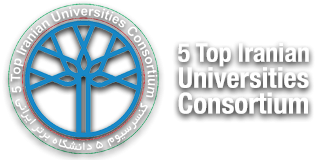About Tehran
Tehran has been the capital of Iran for two centuries and is home for the main offices ruling the country. When the city of Rey was thriving, Tehran was a small village. The city of Rey was destroyed in the Mongol invasion, and since then the area has always witnessed the flourishing of a big city, first Varamin started its growth, but soon Tehran came to attract attention and grew into a big city, and the surrounding villages like Doolabe- Rey, Aliabad-e-Rey, Tarasht, Jei, Vanak, Beryanak, Darband, Darakeh, and Farahzad formed its different districts.

Meanwhile, Tehran is the cradle of a great civilization, which offered the Gray Baked Clay as a symbol of the late second millennium B.C. to archaeologists and Iranologists. This type of baked clay was first discovered in March 1900 by Ernest Amelius Rennie, the third Secretary of the British Embassy in Iran, in the hills around Qolhak and Qeitarieh in Tehran. In 1539, King Tahmaseb I had the fortifications of Tehran built and Tehran came to be surrounded by walls. Tehran stopped to expand and grow under the Safavid Dynasty when Qazvin and Isfahan were chosen as capitals, and Shah Abbas (the Great) ignored Tehran. Early in the nineteenth century and at the outset of the Qajar Dynasty, Aqa Mohammad Khan decided to make Tehran the capital city and had beautiful palaces built inside its citadel; a historical site from the Zandieh Era.

Therefore, Tehran has been the nation’s capital for two centuries and now it is one of the biggest cities in the world and the most populated city in Iran. The City, which grew out of the ages, is becoming one of the most beautiful cities in the Middle East while maintaining its cultural and historical identity. Historical palaces such as Shams-ol-Emareh, Golestan, and Sa’ad Abad, which once were the tallest and strongest buildings in Tehran, prove how creative Iranian artists and architects have been. Mosques such as Sepah Salar, Imam, and Sheikh Abdol Hossein, the Traditional Bazar of Tehran, and museums like Iran Bastan, Reza Abbasi, Golestan, Abgineh, and Sofalineh are all signs of the several thousand year old Iranian heritage. Tehran, now a great metropolis, lies on the southern slopes of Central Alborz, and has extended in all directions in recent years. Late in the 1970s, Tehran was considered as the center for the formation of the Islamic Revolution, and played a key role in its victory in 1979. What followed the victory of the revolution not only developed Tehran into one of the biggest and most populated cities in the world, but also made it the starting point for a new system of government.

